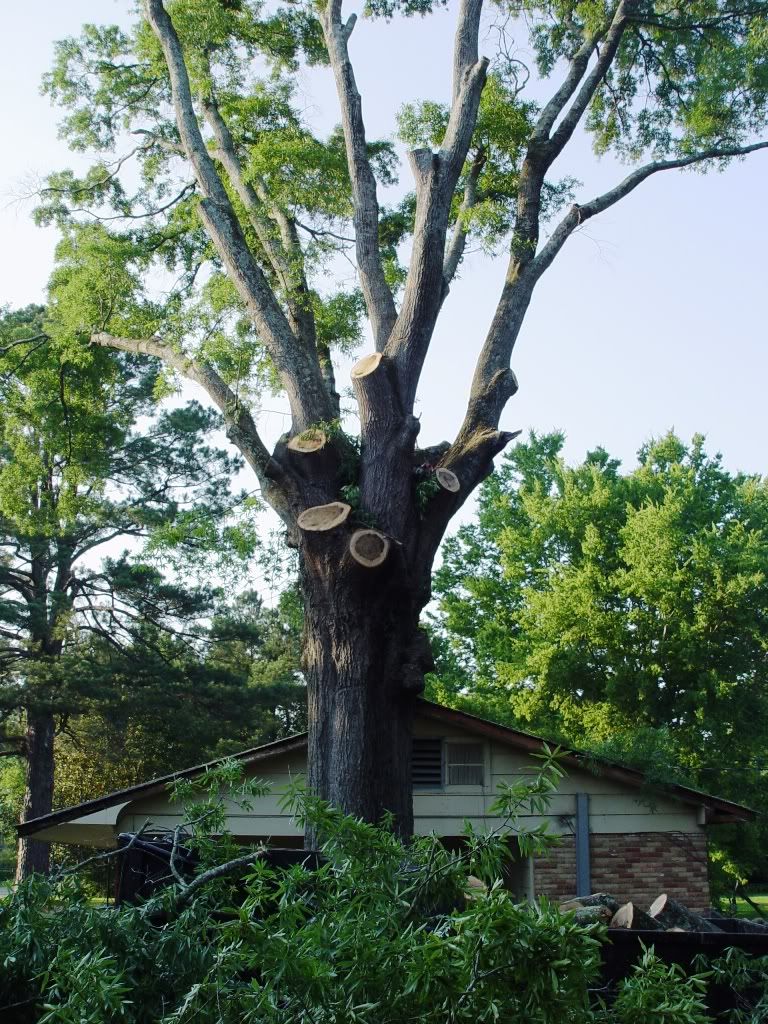M
Mr. Sir
Guest
Most of the time, I'll use the traditional face cut; flat bottom cut and 45* - 60* top cut. For me it's just faster and easier to line up. I can do both cuts from one side of the tree, usually, and line up the lay with the gunning sights.
For a tight lay, I'll use a 70* - 80* open face for accuracy.
I'll use a Humboldt when flopping large trunks to keep the top from hitting first and causing a huge divit. With a traditional face, the top tends to hit the ground before the butt, not so with a Humboldt.
And FWIW, I almost NEVER use a face cut when doing crane lifts. Maybe one or two out of a hundred.
For a tight lay, I'll use a 70* - 80* open face for accuracy.
I'll use a Humboldt when flopping large trunks to keep the top from hitting first and causing a huge divit. With a traditional face, the top tends to hit the ground before the butt, not so with a Humboldt.
And FWIW, I almost NEVER use a face cut when doing crane lifts. Maybe one or two out of a hundred.





 I didn't see that the first time I loaded the page, only the bonsi and thought you were making a joke.
I didn't see that the first time I loaded the page, only the bonsi and thought you were making a joke. .
. 






 .
.